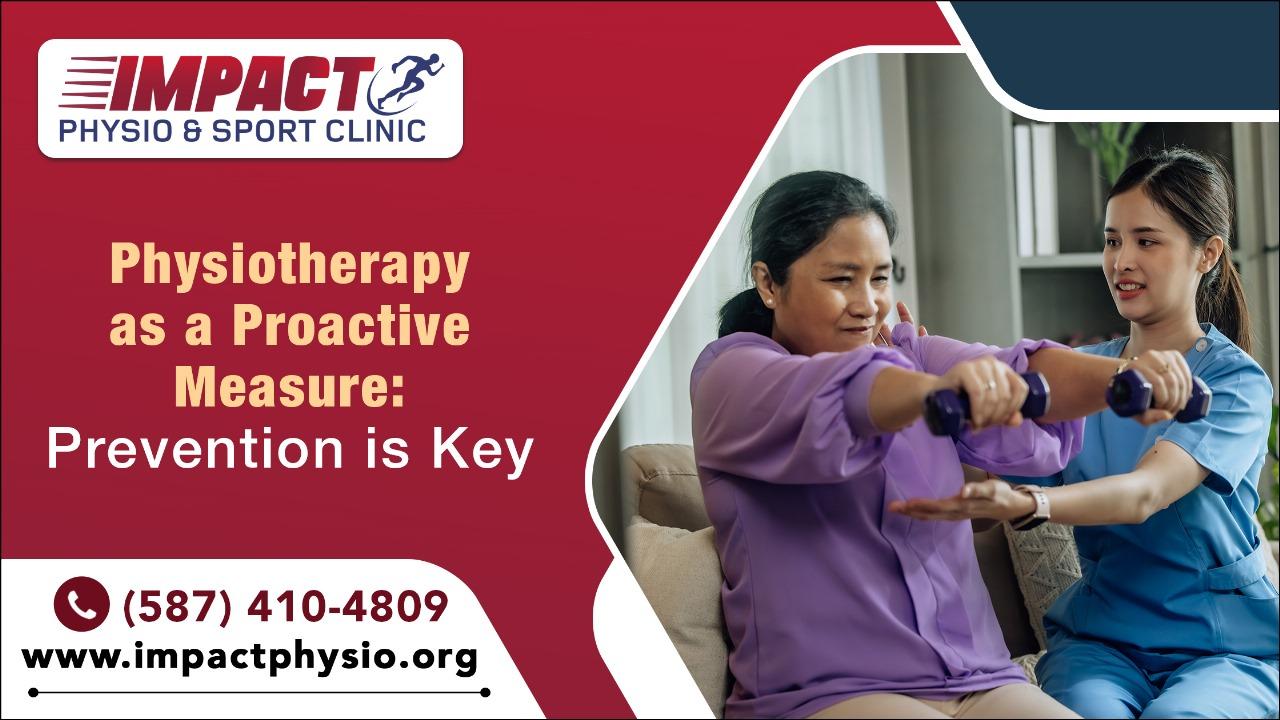
Flat tyres usually occur at the worst place and time. Most drivers might call for help, but they will probably have to wait for at least one hour to get some assistance. And if you can change them yourself, it would be a dirty task, and you will probably not be dressed for that. To make matters worse, your vehicle may not have a spare tyre.
That is why run-flat Tyres can be a good investment for you. Run-flat tyres are designed to support your car's whole weight after a blowout, providing you with about two hundred kilometers of range so you can find a garage. While this might sound like a perfect solution, it is essential to understand run-flat tyres' pros and cons fully.
What are run-flat tyres
Run flats are the standard tyres on around ten percent of new cars. Some experts describe them as self-supporting car tyres. Their sidewalls and tread are heavily strengthened to support your car better when air pressure drops or is lost entirely.
Advantages
The most apparent advantage of run-flat tyres is that you can keep driving on them even after a blowout. You can keep moving after all pressure in your tyres is gone. This means you no longer have to leave your car and walk in the rain and cold. With run-flat tyres, you just need to reduce your speed to less than 30 kilometers per hour and keep driving until you reach a safe place.
Better stability
Because this type of tyre can support your vehicle for some kilometers without air pressure, an unexpected deflation will lead to less tread destabilization and weight transfer. Handling and steering will remain close to normal.
Lower car weight
As you will no longer need a spare tyre or repair tools, your car's overall weight should go down in theory. However, it will not be too much as run-flat tyres tend to be heavier than usual tyres thanks to their reinforced sidewalls.
Disadvantages
No spare tyre
This can be both a benefit and a disadvantage. Since cars fitted with run-flat tyres do not always have spare tyres and wheels, your vehicle's weight will decrease significantly. However, removing the wheel and spare tyre and repurposing that space for other purposes, such as styling, interior room, more seats, etc., will end up adding more weight than initially planned.
Lowered Tread Wear
Several studies have found drivers have to replace or repair their run-flats around eight thousand kilometers sooner than conventional tyres. And while there can be many explanations for this phenomenon, one hypothesis is that manufacturers use softer tread compounds when building run-flat tyres. A well-known effect of using softer tread compounds is the shorter life expectancy of your tyres.
Blowouts and Punctures Are Still Feasible
If a car driver drives beyond the speed limit, their tyres will begin to fall apart due to blowouts and punctures. Customers with cars fitted with run-flats areas prone to blowouts and punctures are cars equipped with traditional tyres.
Harsher ride
Stiff sidewalls that help run-flat tyres perform better may also lead to harsher rides.
Cost
Run-flats are more costly to repair and replace. Prices can vary by purchase location and tyre size guide, but keep in mind that run-flat tyres cannot be fixed and you will have to buy an entirely new set.
Less common
As run-flat tyres are not extremely popular, you should not expect to find them at any shop. It might be more comfortable in bigger cities, but most of the time, you will have to take a detour and find the most suitable run-flat tyres for your car.
Also read about:
The Next Big Thing in Web Development in 2021
Top 5 best laptops under 30000 INR
What You Should Know About Solar Battery Chargers










More Stories
Tips to Make 2021 Healthiest Year
HOW TO WEAR COLOURED DRESS SHOES
7 Simple Accounting Assignment Tips To Make Strong Impact.
Learning all about blown in insulation
Top 7 Zero Cost Marketing Tips for Ecommerce to Achieve Great Results
How to Protect Your Website in Google Core Algorithm